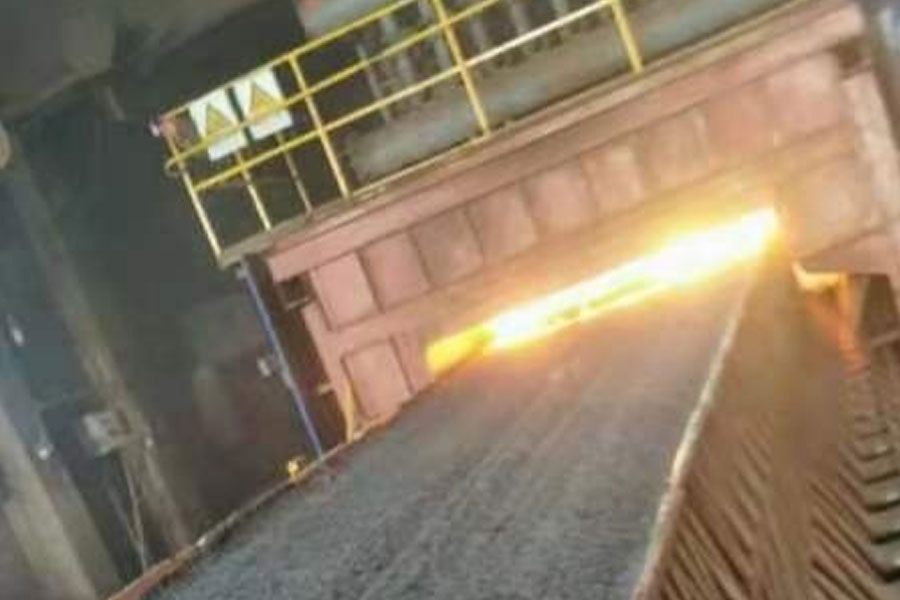- Import model: Import quzhou.stl into Cura software, the interface will display, the left is the parameter setting interface, and the right is the model view interface. The view interface displays the model printing direction and the corresponding model printing time, the number of consumables and the weight of the finished product. The value follows The slicing parameters and the printing direction are changed.
- Setting the molding direction: Different from the laser selective melting molding technology, the shorter one of the three-dimensional dimensions is usually selected as the molding direction to reduce the molding time. Fused deposition molding is formed by nozzle scanning and spraying material accumulation. The size of the cross-sectional area does not affect the printing time, so the selection of the molding direction requires additional considerations. Based on the two principles of the least material saving and the shortest printing time, the product has set up two molding directions as shown in the figure.
- Under the same slicing parameters, the molding direction 1 saves 10 minutes of time compared to the molding direction 2, and the molding direction 2 saves 0.61 meters of material. The most critical structure of the crankshaft structure is its working structure-the main journal and the connecting rod journal. Therefore, the accuracy of the shaft is higher than that of other parts. From the step effect, it can be seen that the direction perpendicular to the axis is the processing direction to help improve The molding accuracy of the cylindrical surface; the crankshaft structure has no blind holes that cannot be touched, and most of the support is applied to the outside of the structure, which is easy to remove; in addition, it is learned from the experience of multiple printing comparisons that the crankshaft printed in the molding direction 2 can have more Good surface quality of parts. Therefore, after considering the three elements of forming direction selection, the direction shown in figure b is selected as the machining direction of the crankshaft model.
- Apply necessary support: the printing of the crankshaft cannot avoid the addition of support. When using the laser selective melting process to print the crankshaft, the parts are formed in the powder pool. The metal powder will support the parts by themselves. However, the balance weight of the crankshaft parts is a large overhang surface, and necessary support needs to be added to avoid the parts. Warping and slagging will occur. In addition, there will be powder support during the molding of the oil channel structure. After the molding is completed, the powder needs to be completely removed, and the process is not complicated.
- For the crankshaft model 3d printing, the PLA material FDM process is used for molding, and there is no powder material support, so the slicing software will generate the necessary support by itself. After printing, the external support is easy to remove, and the oil channel is connected to the outside, so the internal support is also easy to remove. After many printing experiments, the importance of support during crankshaft molding is summarized. Therefore, the support form is selected as all support (everywhere) on the Cura parameter setting interface, and the system automatically generates the necessary support for all overhanging surfaces.
- Set the slice parameters: Since only the crankshaft model is printed, the accuracy of the crankshaft is relatively high, so the printing layer thickness is set to 0.1mm, and the printed crankshaft model is not put into use, so the printing filling rate is 20% (100% is the printing solid). The speed is 50mm/s. The diameter of the material used is 1.75mm and the flow rate is 100%. After the setting is completed, the view interface shows that the estimated printing time is 2 hours and 45 minutes, and the printing supplies are 5.81 meters.
- Slicing and conversion format: save the file as quzhou.gcode, convert it to G code and save it to the printer’s SD card, complete the slicing, and prepare for the next printing job.
